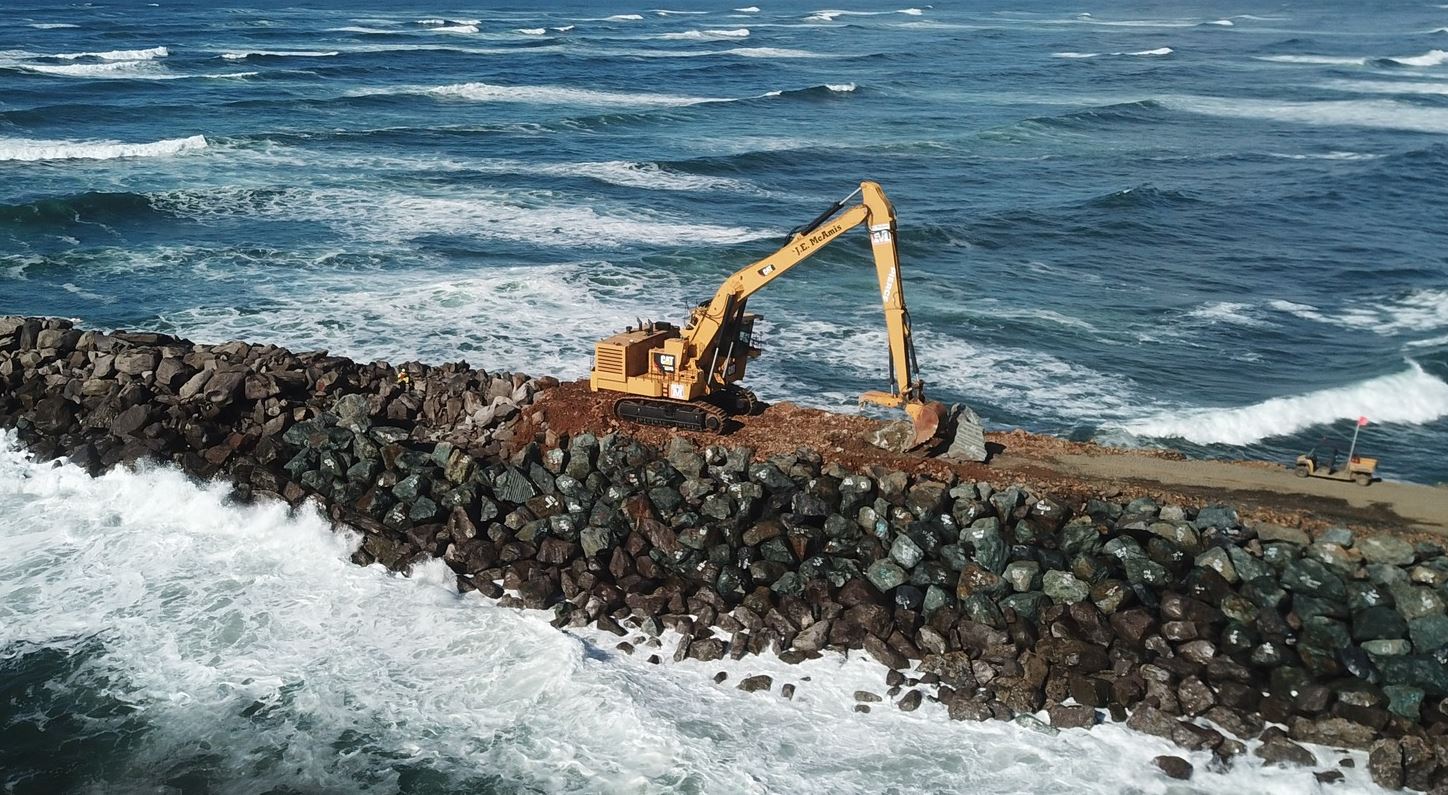Jetty construction projects are complex and multifaceted, involving various considerations ranging from environmental impact to regulatory compliance, and from engineering specifications to community engagement. A well-planned approach is crucial to ensure the project’s success and sustainability.
Essential Factors to Master Before Launching Your Jetty Construction Project
Here are the key factors to consider before embarking on a jetty construction project:
1. Purpose and Functionality
Understanding the primary purpose of the jetty is fundamental. Jetties can serve various functions, such as facilitating recreational activities, supporting commercial operations, or enhancing coastal protection. Each purpose dictates different design specifications, materials, and construction methods. Clearly defining the jetty’s function will help in designing a structure that meets the intended use efficiently and sustainably.
2. Site Selection and Assessment
The location of the jetty is a critical factor that influences the entire project. A comprehensive site assessment should include:
- Geotechnical Surveys: To understand the soil and seabed conditions. This helps in determining the type of foundation required and predicting potential challenges.
- Hydrological Studies: To analyze water depth, tidal ranges, and currents. This information is crucial for designing a stable and resilient structure.
- Environmental Impact Assessments (EIA): To identify potential impacts on local ecosystems and wildlife. An EIA is often required for regulatory approval and ensures that the project minimizes its environmental footprint.
3. Regulatory Compliance and Permits
Jetty construction is subject to various regulations and requires multiple permits. These may include:
- Environmental Permits: Issued after a thorough EIA.
- Construction Permits: From local and national authorities.
- Zoning Approvals: Ensuring the project complies with local zoning laws and land use plans.
- Navigational Clearances: To ensure the jetty does not obstruct maritime traffic.
Engaging with regulatory bodies early in the planning process can help identify all necessary approvals and streamline the permitting process.
4. Design and Engineering
The design phase should incorporate both functionality and durability. Key design considerations include:
- Structural Integrity: Ensuring the jetty can withstand environmental forces such as waves, tides, and storms.
- Material Selection: Choosing materials that are durable and suitable for marine environments. Common materials include treated timber, concrete, steel, and composite materials.
- Safety Features: Incorporating elements like handrails, non-slip surfaces, and adequate lighting to ensure user safety.
- Accessibility: Ensuring the jetty is accessible to all potential users, including those with disabilities.
Engaging experienced marine engineers and architects can help create a design that is both practical and aesthetically pleasing.
5. Environmental and Ecological Considerations
Constructing a jetty can significantly impact the local environment. It’s essential to adopt measures that mitigate negative effects, such as:
- Sediment Control: Implementing practices to prevent erosion and sedimentation, which can harm aquatic habitats.
- Habitat Preservation: Designing the jetty to minimize disruption to existing ecosystems, such as coral reefs or mangroves.
- Pollution Prevention: Ensuring construction practices do not introduce pollutants into the water.
Using eco-friendly materials and construction methods can help reduce the environmental footprint of the project.
6. Community Engagement and Stakeholder Involvement
Engaging with the local community and stakeholders is crucial for the project’s acceptance and success. Key steps include:
- Public Consultations: Holding meetings to inform the community about the project and gather feedback.
- Stakeholder Collaboration: Working with local businesses, environmental groups, and other stakeholders to address concerns and incorporate their input into the project planning.
- Transparency: Keeping communication open and transparent to build trust and support.
Understanding and addressing the concerns of those affected by the project can lead to more robust and accepted outcomes.
7. Cost and Funding
Jetty construction can be expensive, and securing adequate funding is essential. Considerations include:
- Initial Construction Costs: Covering materials, labor, equipment, and permits.
- Long-term Maintenance: Planning for ongoing maintenance to ensure the jetty remains safe and functional.
- Contingency Funds: Setting aside funds for unexpected expenses or emergencies.
Exploring various funding sources, such as government grants, private investments, or community fundraising, can help ensure financial stability for the project.
8. Project Management and Timeline
Effective project management is vital for keeping the construction on schedule and within budget. Considerations include:
- Timeline Planning: Developing a realistic timeline that accounts for potential delays due to weather, regulatory approvals, or other unforeseen issues.
- Resource Allocation: Ensuring adequate allocation of resources, including skilled labor and equipment.
- Risk Management: Identifying potential risks and developing mitigation strategies to address them promptly.
Utilizing project management software and tools can help in tracking progress and managing tasks efficiently.
9. Sustainability and Future-Proofing
Sustainability should be a core consideration in the jetty’s design and construction. This involves:
- Resilience to Climate Change: Designing the jetty to withstand rising sea levels and increased storm intensity.
- Sustainable Materials: Using materials that have a lower environmental impact and are sourced responsibly.
- Adaptive Design: Creating a design that can be adapted or expanded in the future as needs change.
Incorporating sustainable practices ensures the jetty remains viable and environmentally friendly in the long term.
Conclusion
Starting a jetty construction project requires careful planning and consideration of various factors. By thoroughly evaluating the purpose, site conditions, regulatory requirements, environmental impacts, community needs, and financial aspects, you can create a successful and sustainable jetty. Engaging with experienced professionals and stakeholders throughout the process is key to overcoming challenges and ensuring the project meets its goals.




